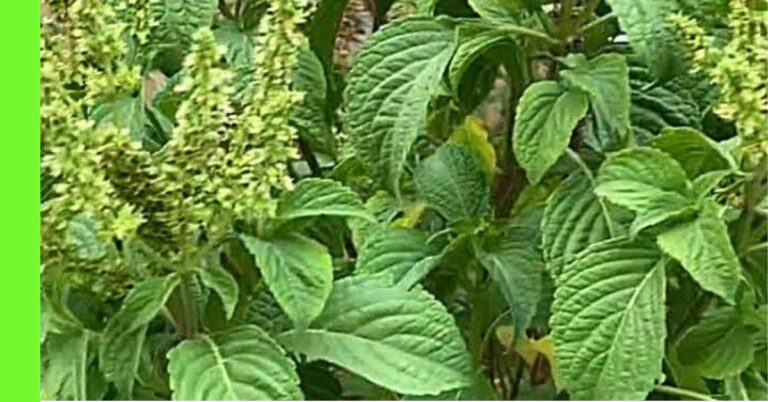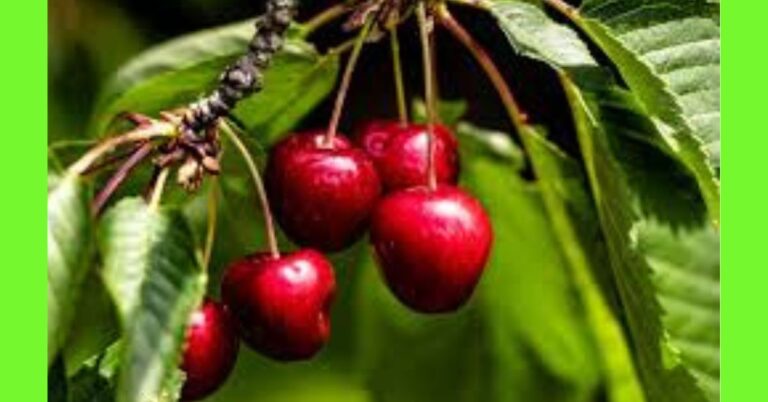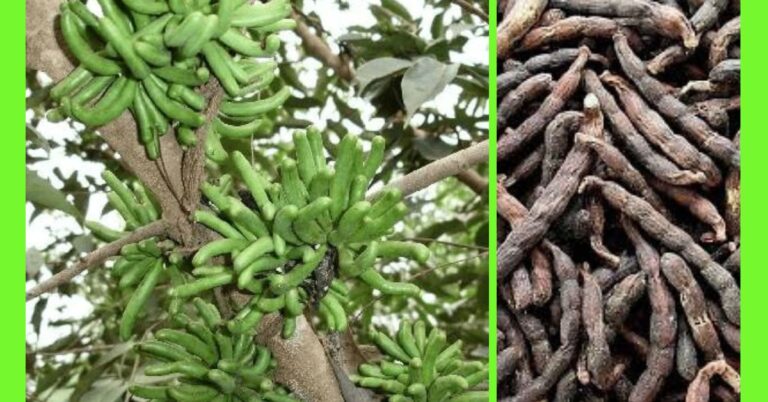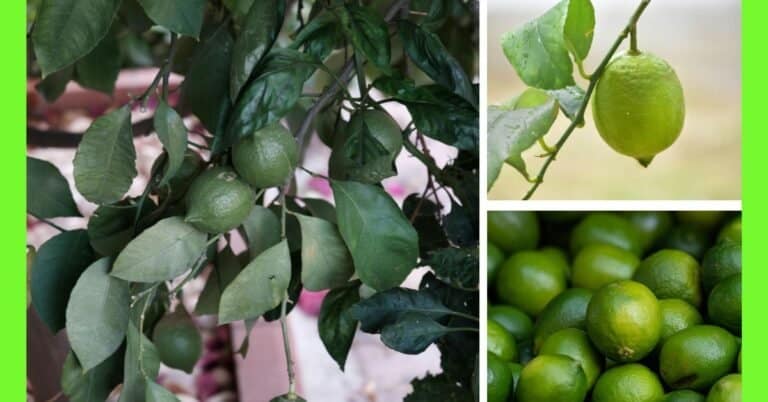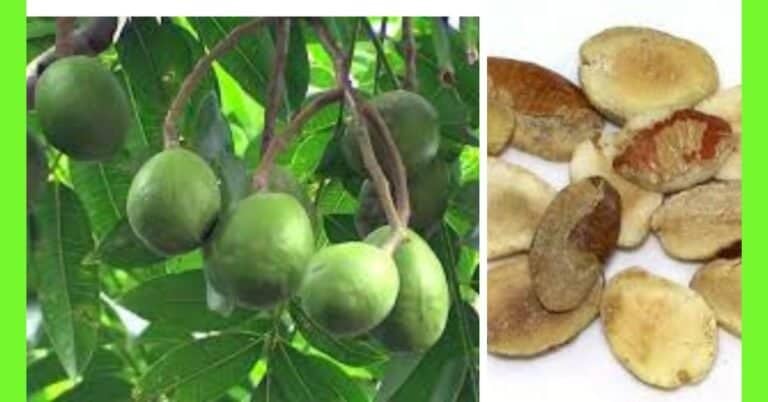How to Plant Soya beans: A Step-by-Step Guide
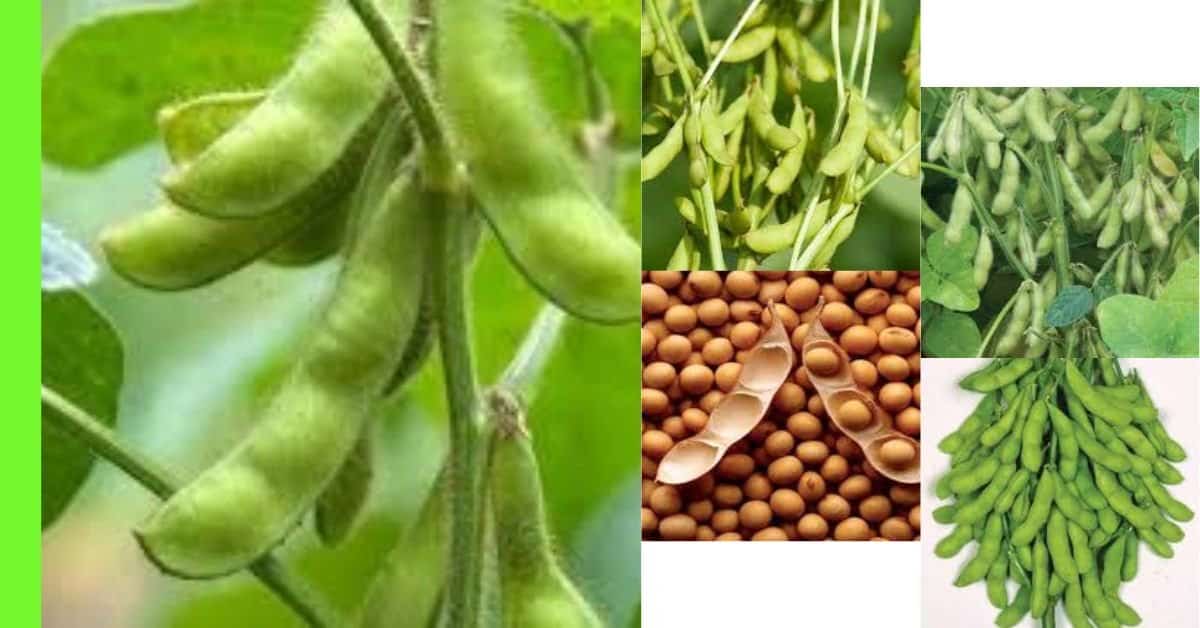
Soya beans are a valuable crop in Nigeria, contributing to the nation’s food security and agricultural economy.
Not only are they an essential source of protein, but they also contribute to soil fertility by fixing nitrogen in the soil.
This article provides an in-depth guide to planting soya beans in Nigeria, covering everything from understanding the plant to optimizing yield.
Let’s delve into growing soya beans and ensure a successful harvest.
Description of the Soya beans Plant
Soya beans (Glycine max) are leguminous plants known for their high protein content and versatility in food and industrial products.
The plant is a bushy annual that grows to a height of 50 to 100 cm.
It has trifoliate leaves and small white or purple flowers.
It produces pods containing 2-4 seeds.
The seeds vary in colour, including yellow, brown, black, and green, with yellow being the most common for commercial purposes.
Soya beans can make products like soybean oil, milk, tofu, animal feed, and biodiesel.
Thanks to its symbiotic relationship with Rhizobium bacteria, the plant’s ability to fix nitrogen into the soil makes it a valuable addition to crop rotations, improving soil fertility for subsequent crops.
Planting Season for Soya Beans in Nigeria
Soya beans thrive in warm climates, making Nigeria an excellent cultivation location.
The ideal planting season for soya beans in Nigeria falls during the rainy season, typically between May and July
when there is adequate rainfall to support germination and early growth.
Planting too early or late in the rainy season can negatively impact yield, as soya beans require consistent moisture throughout their early growth stages.
In some regions where irrigation is possible, soya beans can also be planted in late August or September for an off-season crop.
Still, it is critical to ensure sufficient water supply for successful growth.
Planting Soya beans
Step 1: Choose a Location
Selecting the right location is crucial for the successful cultivation of soya beans.
Soya beans grow best in well-drained, loamy soil with a pH level between 6.0 and 7.0.
Ensure the field is exposed to full sunlight, as soya beans require at least six hours of direct sunlight daily.
Avoid areas prone to waterlogging, as soya beans are sensitive to excess water and poorly drained soils.
Step 2: Land Clearing and Preparation
Once you’ve chosen a suitable location, the next step is to clear the land of any weeds, grasses, or debris.
This will reduce competition for nutrients and sunlight.
Depending on the size of your farm, land preparation can be done manually, with a hoe, or mechanically, using tractors and ploughs.
Tilling the soil to a depth of about 10-15 cm will help improve aeration and root penetration.
If the soil pH is below the recommended level after tilling, apply lime.
Liming helps neutralize soil acidity, which is essential for soybean growth.
Organic matter, such as compost, can also be added to improve soil fertility and texture.
Step 3: Means of Propagation
Soya beans are propagated by seeds, which makes the process simple for farmers.
Certified seeds from reputable suppliers should ensure reasonable germination rates and high yields.
Choose soya bean varieties that are well-adapted to your region’s climate and soil conditions.
Step 4: How to Plant Soybeans from Seed
Soya bean seeds should be planted at a depth of 3-5 cm, with a spacing of 45-60 cm between rows and 5-7 cm between plants.
This spacing allows the plants enough room to grow without overcrowding, reducing the risk of resource competition.
The seeds can be planted manually by placing them in furrows or mechanically using a seed drill.
For optimal germination, ensure that the soil is moist but not soggy.
Soya beans require consistent moisture during their early growth stages, so planting them at the start of the rainy season is essential.
Step 5: Watering
Soya beans require adequate moisture, especially during germination, flowering, and pod development.
In rain-fed areas, natural rainfall will suffice, but irrigation may be necessary during dry periods or in regions with irregular rainfall.
Too much water, however, can lead to waterlogging, stunting plant growth, or causing diseases like root rot.
Ensure the soil remains evenly moist but not waterlogged throughout the growing season.
Drip irrigation systems can be an efficient method of delivering water to soybean plants without over-saturating the soil.
Step 6: Apply Manure
Soya beans benefit from both organic and inorganic fertilizers.
Organic manure, such as compost or well-rotted animal dung, improves soil structure and fertility and enhances plant growth.
Inorganic fertilizers like NPK 15-15-15 can also be applied at 200-300 kg per hectare during planting.
Soya beans, being leguminous, also require phosphorus and potassium for good root development and pod formation.
If the soil has not previously been used for soya bean farming, it is advisable to inoculate soya bean seeds with rhizobium bacteria before planting.
The inoculation process helps the plant fix atmospheric nitrogen, reducing the need for nitrogen fertilizers.
Maturity and Harvest
Soya beans typically mature within 90 to 120 days, depending on the variety.
The plants are ready for harvest when the leaves turn yellow and drop off, and the pods dry out and become brown.
Harvesting too early can result in poor seed quality, while delaying the harvest may lead to pod shattering, where seeds fall out before they can be collected.
Soya beans can be harvested manually by cutting the plants with a sickle or knife or mechanically using combine harvesters for larger fields.
After harvesting, the seeds should be thoroughly dried to reduce moisture content and prevent spoilage during storage.
Pests and Diseases
Several pests and diseases can affect soya bean crops in Nigeria.
Common pests include aphids, pod borers, armyworms, and soya bean loopers, which can damage leaves, pods, and seeds.
Diseases like rust, root rot, and bacterial blight can also reduce crop yields.
Pest and Disease Control
Controlling pests and diseases is essential for achieving high yields.
Here are some effective methods:
- Cultural Practices: To break pest and disease cycles, rotate soybeans with non-leguminous crops like maize. Proper land preparation and timely planting can also reduce the incidence of pests and diseases.
- Biological Control: Introduce natural predators of pests, such as ladybugs, to control aphid populations.
- Chemical Controls: Use pesticides and fungicides when necessary, but ensure they are applied according to manufacturer instructions to avoid harming beneficial insects and the environment.
- Resistant Varieties: Planting disease-resistant soybean varieties can reduce the risk of crop damage.
How Many Soybean Plants Can I Grow on an Acre of Land, and What Quantity of Soybeans Can I Harvest?
An acre of land can accommodate around 150,000 to 180,000 soya bean plants, depending on the spacing used during planting.
With proper care, an acre of soya beans can yield between 1.5 to 2.5 tons (1,500 to 2,500 kg) of soya beans per harvest.
Factors such as soil fertility, rainfall, pest management, and variety choice will influence the final yield.
Soya Beans Varieties in Nigeria
Several soya bean varieties are grown in Nigeria, each offering unique characteristics in yield, disease resistance, and maturity duration. Some popular varieties include:
- TGx 1448-2E: This variety is early maturing and resistant to rust and bacterial diseases, making it suitable for most regions in Nigeria.
- TGx 1904-6F: Known for its high yield and drought tolerance, this variety is widely cultivated in the northern regions.
- TGx 1835-10E: This is another high-yielding variety known for its ability to withstand poor soil conditions.
- Samsoy 2: A commonly grown variety in Nigeria, known for its high oil content and adaptability to different growing conditions.
Conclusion
Growing soya beans in Nigeria can be an enriching venture if done correctly.
Proper preparation, timely planting, and effective pest control can achieve a bountiful harvest.
By choosing suitable varieties and maintaining good agronomic practices, you can significantly enhance the productivity and profitability of your soya bean farm.
I hope this article was helpful.
Is there any crop you want to grow and can’t find in our How to Grow category?
Let us know; leave a note in the comment box below.

